According to Science Alert, a black rock found in Morocco in 2018 was identified as a meteorite that ventured out of Earth into space and then returned to where it started. Experts named the rock NWA 13188 - the first meteorite to make the extraordinary round trip.
This meteorite weighs 646 grams. After analyzing its composition, experts discovered that the structure of the NWA 13188 meteorite is formed from molten minerals created by volcanoes on Earth. It could have been ejected from Earth due to volcanic activity.
After its extraordinary journey into space, the rock's structure changed. It contained large amounts of Helium-3, Beryllium-10, and Neon-21. These are radiations found in space, but are largely blocked by the Earth's magnetic field.
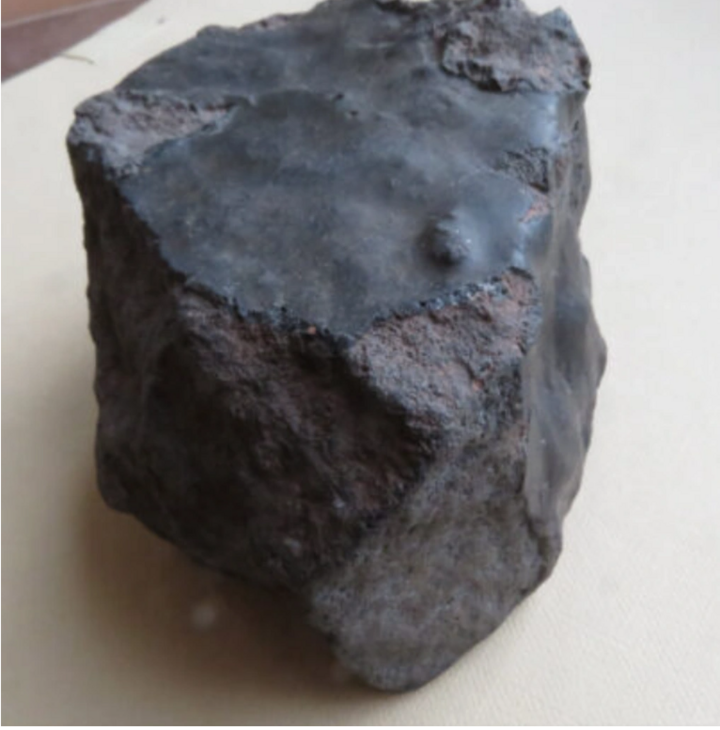
This rock is believed by experts to be a meteorite that was launched from Earth and traveled through space for tens of thousands of years. (Photo: Science Alert)
Although the concentration of these isotopes is lower than in other meteorites, it is still significantly higher than in rocks of terrestrial origin, opening up the possibility that the meteorite was exposed to cosmic rays over a period of up to tens of thousands of years.
However, many have expressed doubts about the possibility of a volcano launching a rock into space. They say that to reach orbit, a rock ejected from a volcano would need to travel at tens of thousands of kilometers per hour. However, this is unlikely because it is much higher than the average speed of most other rocks.
In addition, the tallest volcanic ash columns are usually only about 31 - 45km above the Earth's surface, making it impossible for volcanic activity to launch rocks into space.
Another theory is that when another meteorite hit Earth, it created a force that sent the rock flying back into space.
Notably, previous findings have shown that Earth rocks can be found on other celestial bodies, such as the Moon, suggesting that rocks of Earth origin could be launched into space and then accreted. This adds to the theory about meteorite NWA 13188 and its origin story.
Quoc Thai (Source: Science Alert)
Source


![[Photo] General Secretary To Lam attends the 18th Hanoi Party Congress, term 2025-2030](https://vphoto.vietnam.vn/thumb/1200x675/vietnam/resource/IMAGE/2025/10/16/1760581023342_cover-0367-jpg.webp)




![[Photo] Nhan Dan Newspaper launches “Fatherland in the Heart: The Concert Film”](https://vphoto.vietnam.vn/thumb/1200x675/vietnam/resource/IMAGE/2025/10/16/1760622132545_thiet-ke-chua-co-ten-36-png.webp)
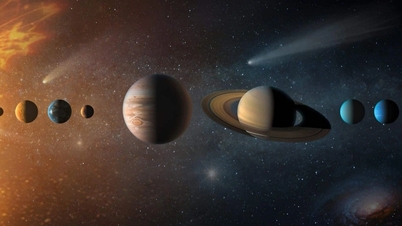

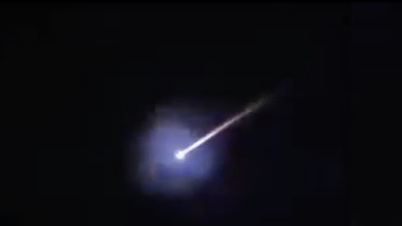



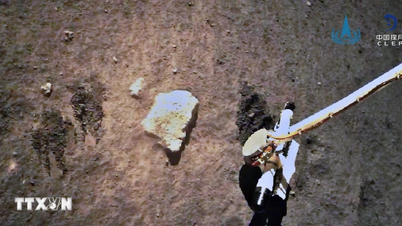
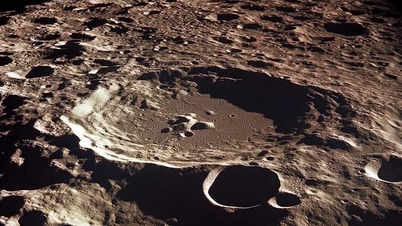


























![[Video] TripAdvisor honors many famous attractions of Ninh Binh](https://vphoto.vietnam.vn/thumb/402x226/vietnam/resource/IMAGE/2025/10/16/1760574721908_vinh-danh-ninh-binh-7368-jpg.webp)



























![[Photo] Nhan Dan Newspaper launches “Fatherland in the Heart: The Concert Film”](https://vphoto.vietnam.vn/thumb/402x226/vietnam/resource/IMAGE/2025/10/16/1760622132545_thiet-ke-chua-co-ten-36-png.webp)















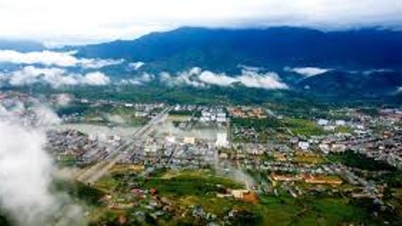























Comment (0)